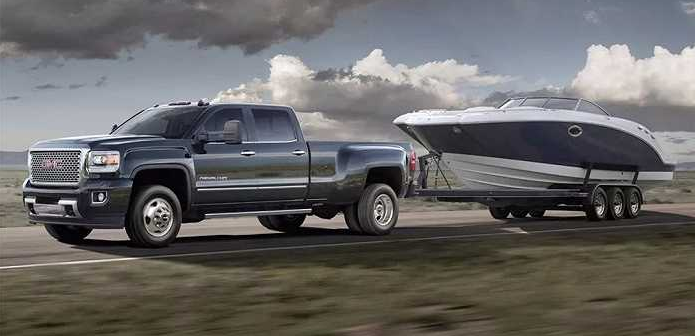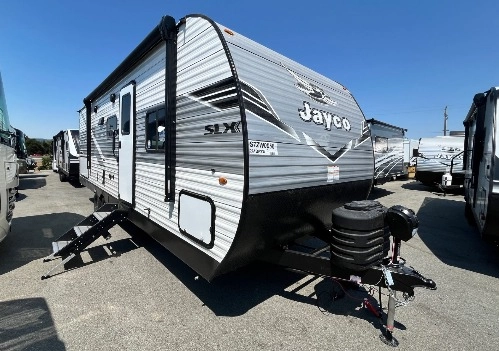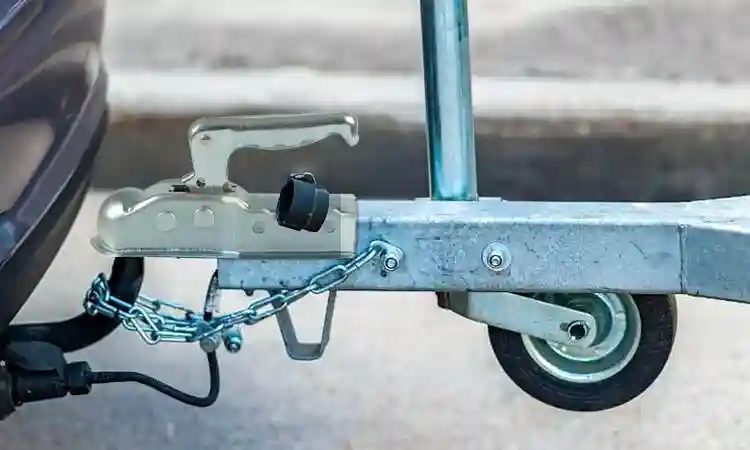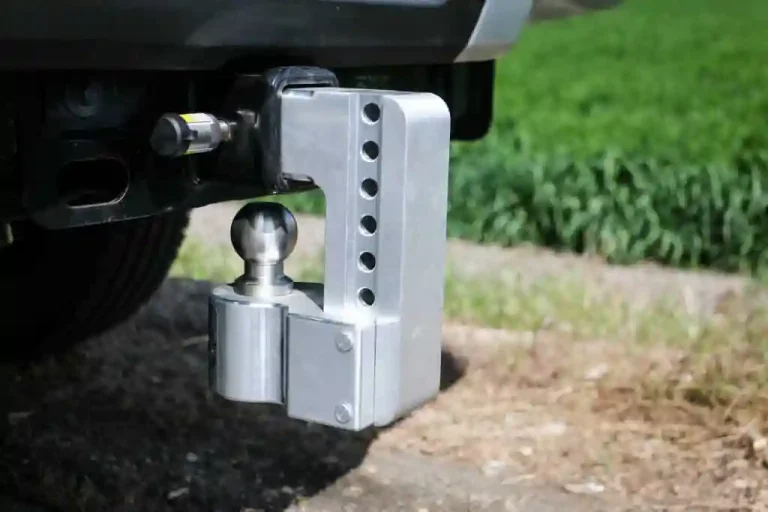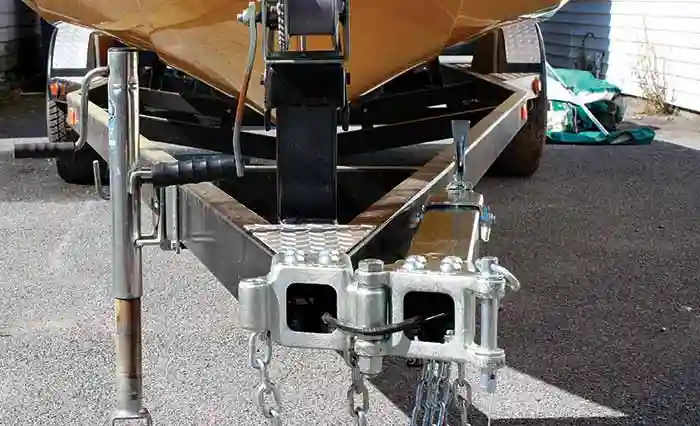Trailer leaf springs, also known as trailer suspension springs or trailer arch springs, are an essential component in the towing industry. These springs play a vital role in supporting the weight of trailers, ensuring a smooth and stable ride. In this article, we will explore the function, types, and maintenance of trailer leaf springs.
Function of Trailer Leaf Springs:
Trailer leaf springs are responsible for absorbing and distributing the weight of the trailer evenly across the axles. They provide support and help to maintain the balance and stability of the trailer while in motion. By absorbing shocks and vibrations, they minimize the impact on the cargo and the towing vehicle, ensuring a safer and more comfortable towing experience.
Types of Trailer Leaf Springs:
- Single-leaf Springs:
Single-leaf springs consist of a single, long, curved steel plate. They are commonly used in light-duty trailers and are known for their simplicity and cost-effectiveness. However, they offer limited load-carrying capacity and may not provide the desired level of stability for heavy-duty towing.
- Multi-leaf Springs:
Multi-leaf springs are constructed by stacking multiple thin steel plates on top of each other, forming a flexible assembly. They are widely used in medium to heavy-duty trailers because of their ability to handle higher loads and provide better stability. The number of leafs determines the load capacity and stiffness of the spring.
- Slipper Springs:
Slipper springs are characterized by their unique design, where one end of the leaf spring is attached to the trailer frame, while the other end slips into a hanger bracket. This design allows for a smoother ride by allowing the spring to flex more freely. Slipper springs are commonly used in boat trailers and smaller utility trailers.
Maintenance of Trailer Leaf Springs:
Proper maintenance of trailer leaf springs is crucial to ensure their longevity and performance. Here are some maintenance tips:
- Regular Inspection: Check for any signs of wear, cracks, or damage in the leaf springs. Pay attention to the bushings, shackles, and hanger brackets as well.
- Lubrication: Apply grease or lubricant to the spring’s contact points to reduce friction and prevent corrosion.
- Weight Distribution: Properly distribute the weight on the trailer to avoid overloading the leaf springs. Uneven weight distribution can lead to premature wear and reduced performance.
- Replacement: If you notice any significant damage or wear, it is advisable to replace the leaf springs promptly. Neglecting worn-out springs can lead to safety hazards and further damage to the trailer.
Trailer leaf springs are an integral part of the towing system, providing stability, load distribution, and shock absorption. Understanding the different types and proper maintenance of these springs is essential for ensuring a safe and efficient towing experience. By taking care of your trailer leaf springs, you can enjoy smoother rides and extend the lifespan of your towing equipment.


